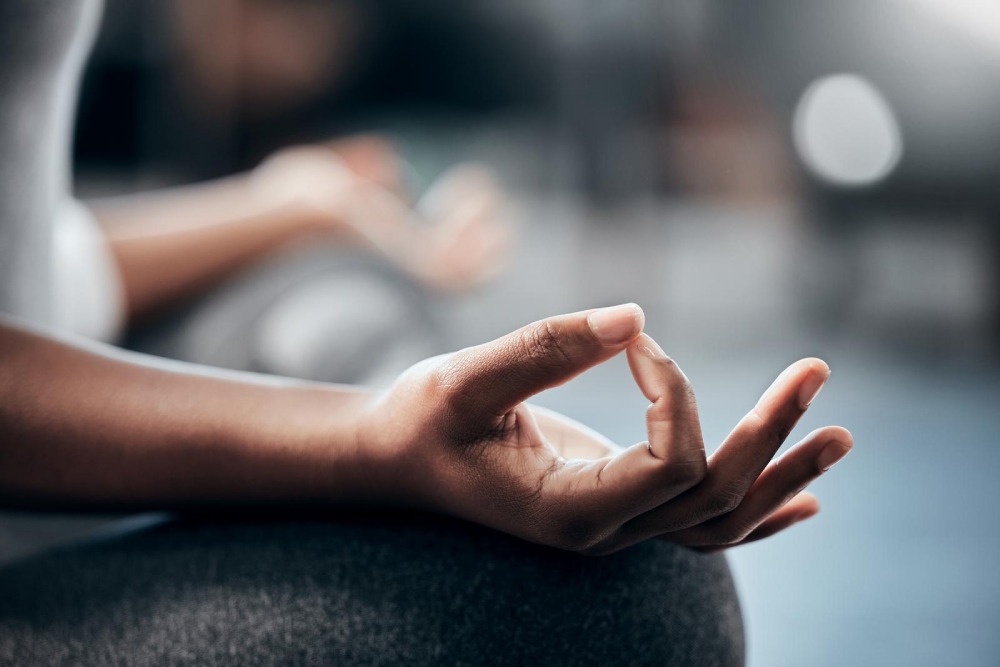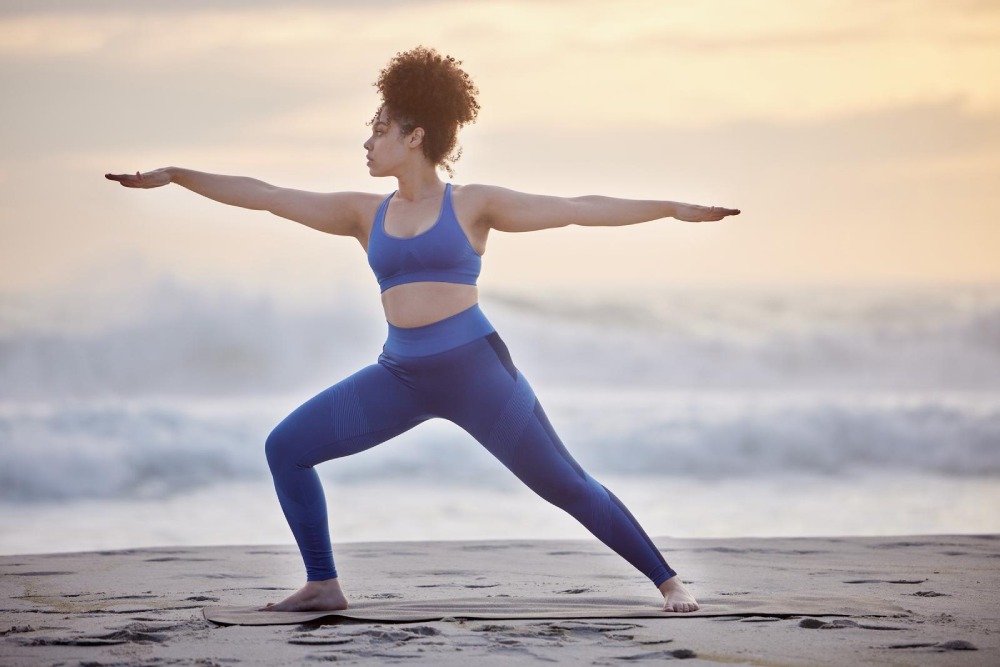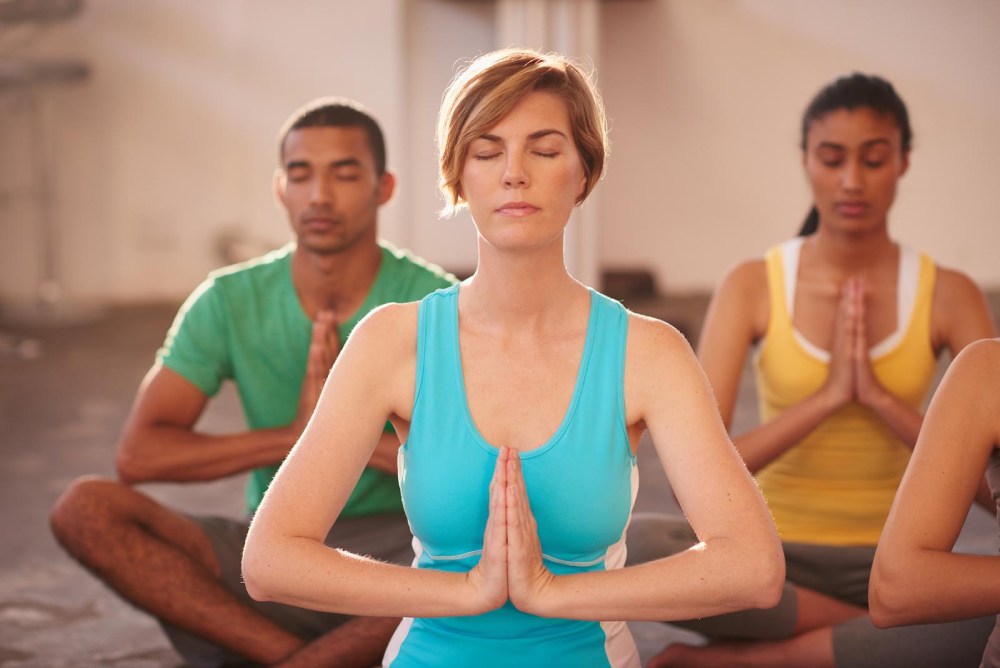Yoga and meditation are very similar in that they can help you achieve balance. But how can meditation before yoga help you get the most out of your routine?
When I first started my journey into yoga, I thought it would be a bunch of new-age mumbo jumbo mixed with some tangible physical benefits. I wanted to start doing yoga to improve my flexibility, but I soon discovered the meditation side of it helped improve my focus and concentration as well. Yoga not only helped loosen my joints but my narrow-mindedness too.
Although meditation is a central component of yoga itself, I wondered if I should do meditation before yoga or after. According to most yoga practitioners, meditation after a session is often the best option, but there are some reasons to do it before, such as getting you into the right headspace.
Contents
Why Practice Meditation Before Yoga?

Meditation is the art of quieting the mind and relieving yourself from all distractions. Yoga enhances meditation by combining it with physical movement to help your blood flow and restore your energy levels. Meditating before a yoga session can help prepare you mentally for the different poses you plan to do. Getting into the right mindset first helps you get more out of your movements.
Overall, there is no “right” way to combine meditation and yoga, but I recommend doing it before if you have trouble jumping into yoga. For example, if you do your poses after work or in the evening, it can be hard to shift gears suddenly. So, meditating first can make it easier to transition.
The Best Time For Meditation
If you talk with spiritual gurus, many of them would say the best time to meditate is in the morning before starting your day. If possible, meditating in the early hours of the morning, before 6 AM, is ideal because the world is quieter, making it easier to tap into the energy of the universe.
That said, modern life doesn’t often allow us to follow a proper spiritual schedule, so meditation can work well at any time, whether it’s before a yoga session, after, or just whenever you can have a few minutes to yourself. Also, the great thing about meditation is that it’s deeply subjective, so you can experiment and discover when it works best for your needs. For example, you may get more out of it by meditating at work during your lunch break than if you do meditation before yoga.
The Link Between Yoga And Meditation

As I mentioned, yoga and meditation are deeply linked. Technically, yoga is a form of meditation because it forces you to concentrate on your physical movement and the state of your body.
So, even if you don’t get to meditate before or after a yoga session, you’ll be meditating the entire time, so you can get both benefits no matter what. Check out these mantras for meditation.
The Different Types Of Meditation
Mindfulness is a pretty broad term, so it can have many interpretations. If you’re struggling with the concept of meditation or what it means, here’s a quick overview of the different ways you can meditate.
- Mindfulness Meditation: In this case, you’re taking note of the thoughts that come into your head. You’re not trying to think about anything, nor are you trying to steer your thoughts in any direction. You’re both an active thinker and a passive observer. The point is to take note of any patterns to understand why you think these things.
- Spiritual Meditation: This meditation can be both religious or secular, depending on your worldview. The point is to connect more deeply with a higher power, whether that’s God, the cosmos, or the planet. Essentially, you’re meditating on your place in the universe and your relationship with this higher power.
- Focused Meditation: If you have trouble staying focused on tasks, this type of meditation can help significantly. Rather than letting your mind wander, the point is to stay focused on a particular task, such as counting beads or staring at a candle. If you get distracted, recenter yourself and resume the task. Over time, you’ll be able to eliminate distractions, which can translate into other, more complicated tasks.
- Movement Meditation: Here is where yoga fits in. Moving the body forces you to pay attention to your actions, and it can stimulate your mind. Plus, by practicing specific poses, you can improve your flexibility and blood flow. If you liked this post, you might be interested in our yoga meditation room ideas.



